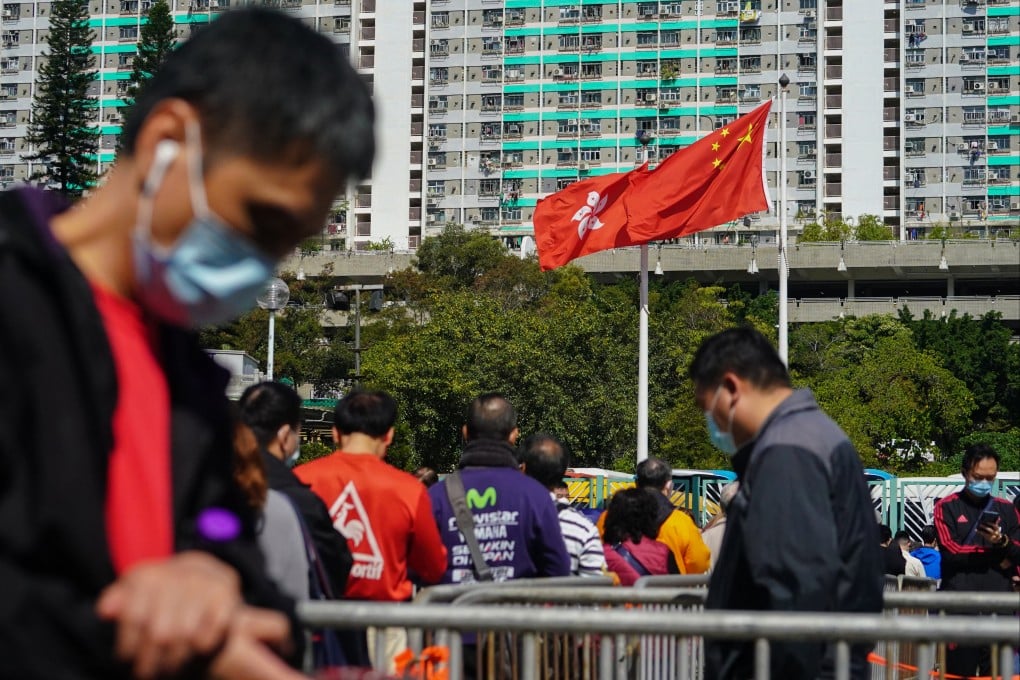‘District lockdowns, 700,000 Covid tests a day’: how China will help Hong Kong – but Omicron also test of government’s mettle, analysts say
- Using a rolling lockdown, source says, Hong Kong will need about 10 days to complete mass testing to try and tame raging fifth wave of coronavirus
- Unprecedented nature of help has sparked questions on scale of assistance, how it will be managed and whether city can pull off intervention without creating more chaos

Under such a scenario of pursuing a rolling lockdown of “xiao qu” or small districts like in mainland cities, a source said Hong Kong would need about 10 days to complete mass testing to try and tame the raging fifth wave of the coronavirus, especially the much more transmissible Omicron variant.
Such plans were among several being discussed within the administration after a meeting on Saturday between the Hong Kong government and mainland officials in Shenzhen to set out what the city needed.
The unprecedented nature of the mainland help had sparked questions on the scale of the assistance, how it would be managed and whether the city could pull off the intervention without creating more chaos and confusion.
Analysts said they saw management of the pandemic as a key test of the chief executive’s ability to lead Hong Kong. Mainland academic Tian Feilong described it as a test of the principle of “patriots” ruling the city and the “one country, two systems” governing model as well.
On Monday, the city was hit with another record-breaking 2,071 new confirmed cases and about 4,500 preliminary infections.
